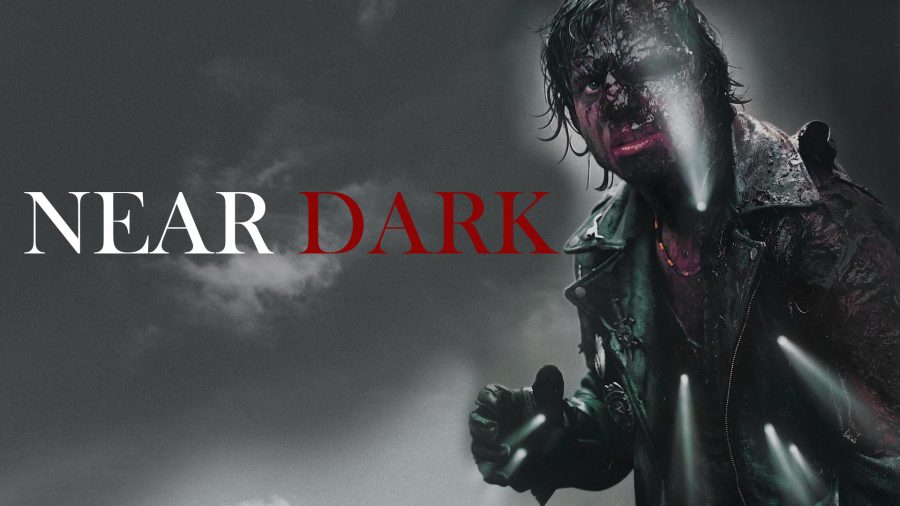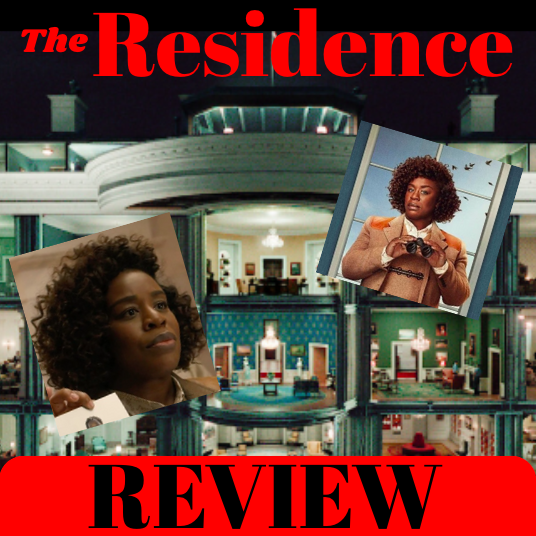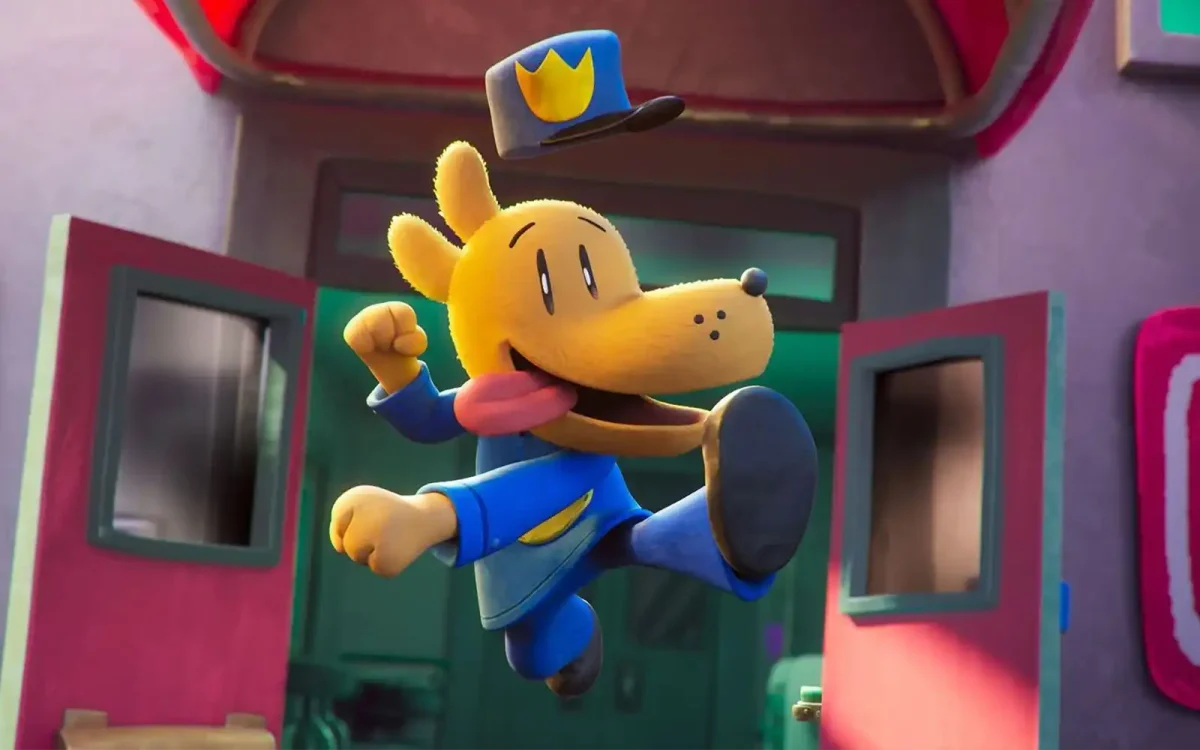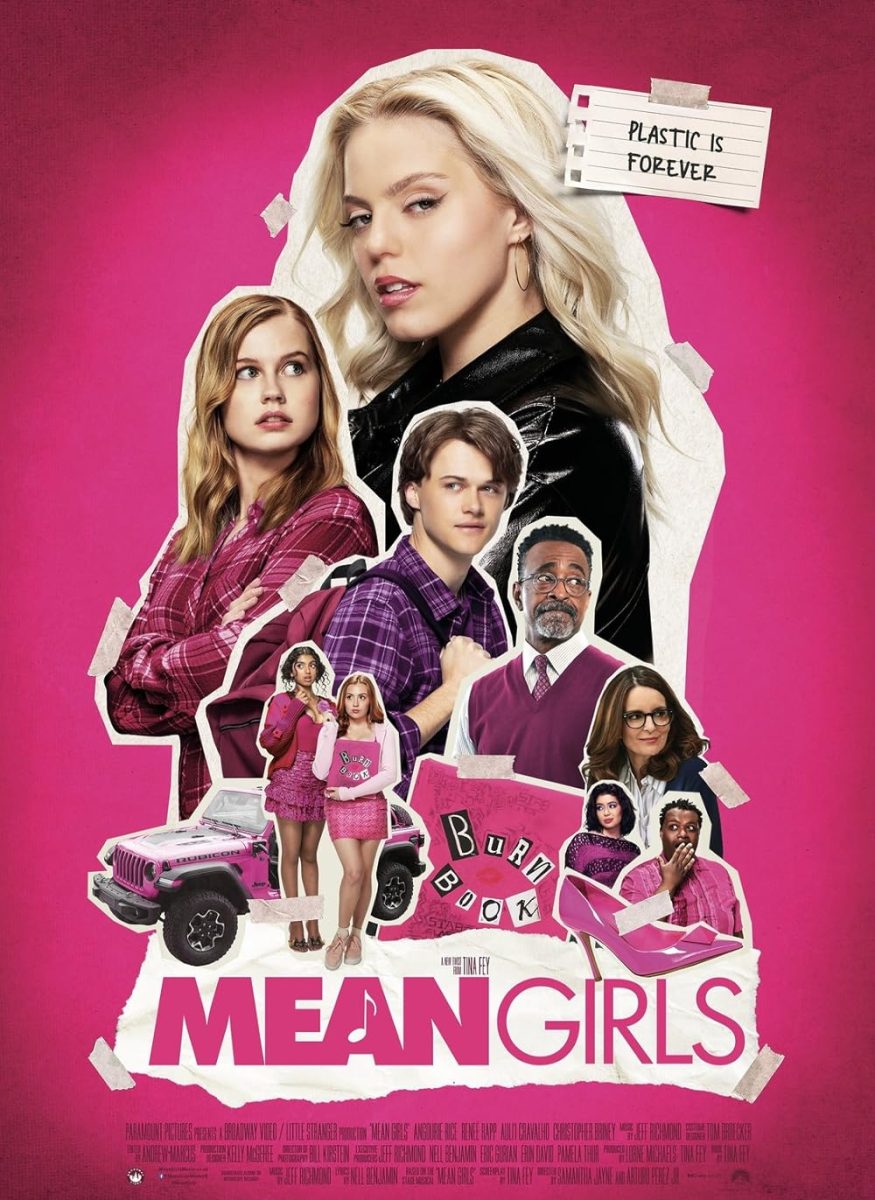By Cole Altmayer, copy editor
Dracula, I love you, but you just aren’t scary. Maybe it was a “you had to be there” type thing back when Bram Stoker first hit the scene, but I can’t imagine ever shaking in my boots at the mere mention of a pale aristocrat who’s allergic to the better half of the Olive Garden menu.
So when people refer to movies like “The Lost Boys” or “Fright Night” as horror, I take it with a grain of garlic salt and a swig of holy water. “Fright Night” is a horror-comedy with a heavy emphasis on the comedy half of the genre, and “The Lost Boys” was directed by the same guy who put George Clooney in a Batman suit and slapped some bat-nipples on it for good measure. They’re both solid movies (especially “Fright Night”), but I wouldn’t recommend them to anyone who is looking for a scare. But I’d argue that comes with the property: unless you’re “Salem’s Lot,” you’re going to have a hard time giving people nightmares with Nosferatu and friends, especially in a post-”Twilight” American landscape.
Enter “Near Dark,” the best non-frightening horror movie I’ve ever seen. Whereas most horror movies scream, howl, drone and rattle until the viewer is left in a catatonic daze, “Near Dark” simmers like the Texan sun that makes a regular and ominous appearance in the film. Director and writer Kathryn Bigelow masterfully blends gothic horror, Americana and spaghetti westerns to create a macabre experience that’s warm and contemplative rather than coldly abrasive.
Released in 1987, “Near Dark” stars Adrian Pasdar as Caleb Colton, who is thrust into joining a group of nomadic vampires after being bitten by the mysterious Mae, played by Jenny Wright. The movie is centrally fixed upon Caleb’s dilemmas regarding his newfound vampirism, but it shines enough light upon each of the other vampires to feel like a true ensemble. Lance Henriksen plays the leader of the drifters, Jesse Hooker, with a quiet gravitas that never devolves into needless monologues or anything you’d expect from a vampire whose age numbers in the triple digits. Even without hamfisted writing, Jesse commands respect and feels like the lynchpin of the family due to Henriksen’s performance.
The late Bill Paxton is probably the biggest name in the cast, and his performance does not disappoint as the crazed vampire Severen. Despite his prominent placement on the movie poster, Severen is far from being the heart of “Near Dark,” but he does provide an almost inhuman energy to the character that makes him a joy to watch on screen. This energy is the engine that powers the best scene in the entire film, when the vampire family takes a trip to a local dive bar to help Caleb get his first taste of blood.
Most movies depict vampires in one of two ways: either as vicious serial killers with no remorse for “puny humans” or as tragic souls bearing an unfortunate curse. The bar sequence, among many others in “Near Dark,” toes the line between the two depictions gracefully. The violence is visceral and quick. It doesn’t pull any punches but it doesn’t revel in the gore either, and the western-like atmosphere leaves the vampire characters feeling more like anti-hero gunslingers rather than a gang of mopey pale teenagers.
However, where “Near Dark” nails the setup, it falters in resolution. The first and second acts are sublime mood pieces in their own right, but the third act begins to fall apart as soon as Caleb’s dilemma between his old human life and his new vampire life comes to a head. This is one of the few movies I can think of with an exact moment where it begins to go downhill: as soon as Caleb’s little sister goes to get a drink from a motel vending machine, drastically lower your expectations. The movie would have drastically benefitted from relying less on out-of-the-blue plot devices and by cutting the (ironically) sunshiney Hollywood ending.
So even if it doesn’t deliver on the scares or the ending, “Near Dark” more than makes up for it by acing the most important aspect of horror cinema: atmosphere. When people talk about the greatest horror movies of all time, atmosphere tends to trump jump scares and special effects. Think “The Shining” or “Rosemary’s Baby.” But “Near Dark” doesn’t deal with its atmosphere in the same way. Instead of entirely focusing on tension and ambiguity, “Near Dark” pulls you into a world that feels alive… or, at the very least, undead.
Categories:
Classic Corner: Near Dark
March 22, 2018
0
Donate to ProspectorNow
This coming fall, we plan on traveling to the 2025 National High School Journalism Convention in Nashville, Tennessee, where we'll learn from professionals and get better at what we do: making the best multimedia student journalism in the state. If you've ever found anything of worth on this website, please consider donating to offset the cost.










































































